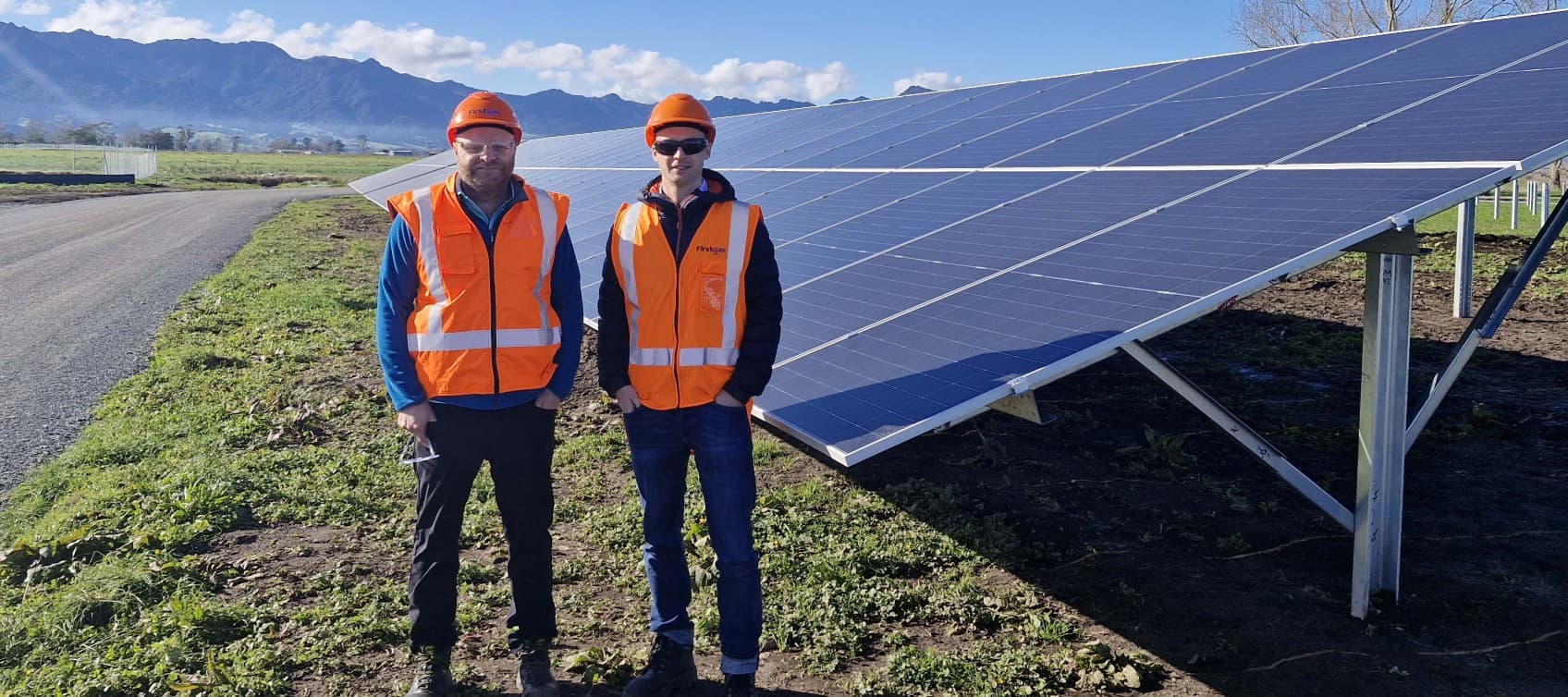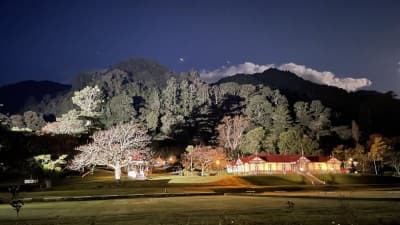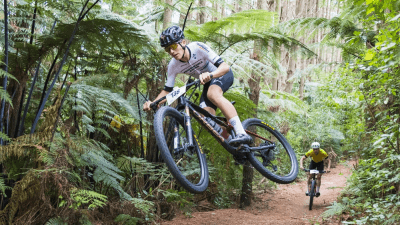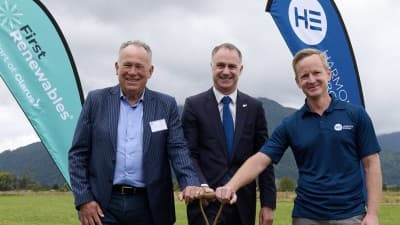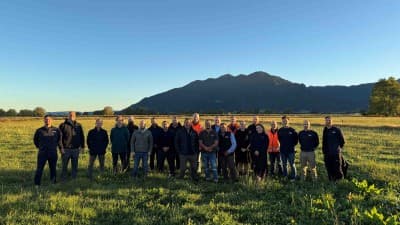The ‘golden row’ of photovoltaic panels has now been installed at Tauhei Solar Farm — a key milestone in the construction of what is on track to become New Zealand’s largest solar farm at the time of commissioning in late 2026. This initial row sets the benchmark for quality and alignment across the entire site, with panel installation now progressing rapidly.
The project, a joint venture between Harmony Energy and First Renewables, part of Clarus, along with construction partner, Elecnor, remains on schedule. The substation is expected to be energised by mid-2026, with project completion by the end of 2027.
“I would say we’re probably 25% of the way through construction,” says Brad van der Merwe, Senior Project Manager at Clarus, who has been overseeing construction of Tauhei for Clarus.
“All the equipment has been ordered and the enabling works are completed, the laydown areas finished, and the mechanical contractor has started work installing the piles and PV Module structures.”
One positive sign for the schedule is that the transformer is already in the country. A transformer takes around 18 months to be delivered and that often causes delays as works await its arrival. But the project team have ensured the transformer is in Auckland and ready to be installed in November, when the foundation works have been completed.
“The transformer came from Indonesia, a lot of the equipment in the solar space and the inverter stations are from China, and the MV cables and MV switch gear are from Spain,” says van der Merwe. “There’s also a lot of local sourcing, too, and about 40% of the workforce are people from the local Matamata-Piako District.”
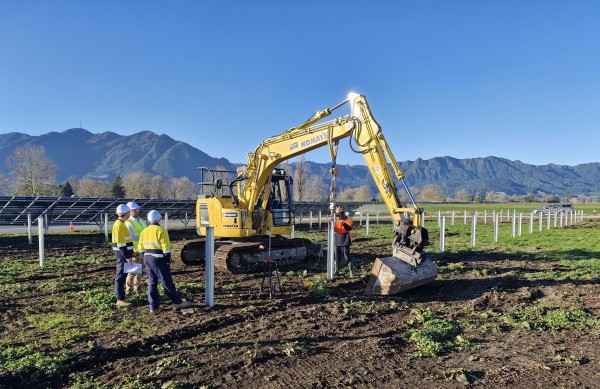 Installation of the Golden Row at the Tauhei Solar Farm
Installation of the Golden Row at the Tauhei Solar Farm
The scale of the project is “staggering”
It's an exciting time for the project and once finished, Tauhei’s 182 hectares will have a peak capacity of 202 megawatts, producing around 280 gigawatt hours of renewable electricity each year.
“There are about 330,000 solar panels going in, which need 57,000 piles. The numbers are staggering; I can’t get my head around it,” van der Merwe says with a laugh.
“There are 2,300 kilometres of DC string cables, which is longer than New Zealand. And the installers will touch the cables every half a metre – it’s astronomical.”
And although larger sites might be constructed in the future, right now Tauhei is set to be the nation’s largest solar farm. An infrastructure project at this scale is an enormous undertaking, and van der Merwe believes it’s a positive step for renewable energy in Aotearoa.
“It’s good to get a grid-scale solar farm of this size underway because it shows we can do it. There are a lot of smaller projects around New Zealand, which is great, but at this scale you need the right partners and investment, with a long-term view as it is a bold decision to invest in infrastructure projects of this scale,” says van der Merwe.
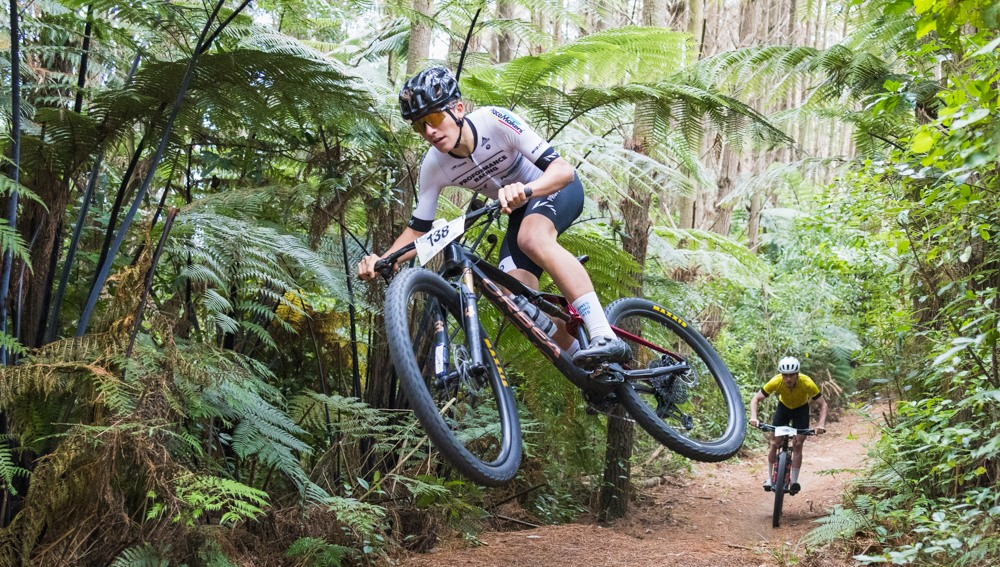
Te Miro Mountain Bike Club member enjoying the track that is supported by the solar farm project
Local initiatives connecting to the community
First Renewables and Harmony have been looking for opportunities to make a difference at a grassroots community level.
“An enjoyable aspect of the Tauhei construction process has been connecting with the Te Aroha community,” says van der Merwe.
“We have installed a solar panel for the Te Miro Mountain Bike Club and are making a donation to Te Aroha College’s sports trip to South Africa, in return for students distributing the Tauhei Solar Farm project newsletter across the district and there are a number of other community-based projects that we are considering at the moment.”
In addition, funding has been provided to Light Up the Domain, a community-led initiative aimed at making Te Aroha’s premier park more welcoming after dark and highlighting its unique character. The donation will help fund the installation of eco-friendly lighting around the Gallipoli Centennial ponds and gardens, enhancing public spaces while celebrating the town’s heritage.
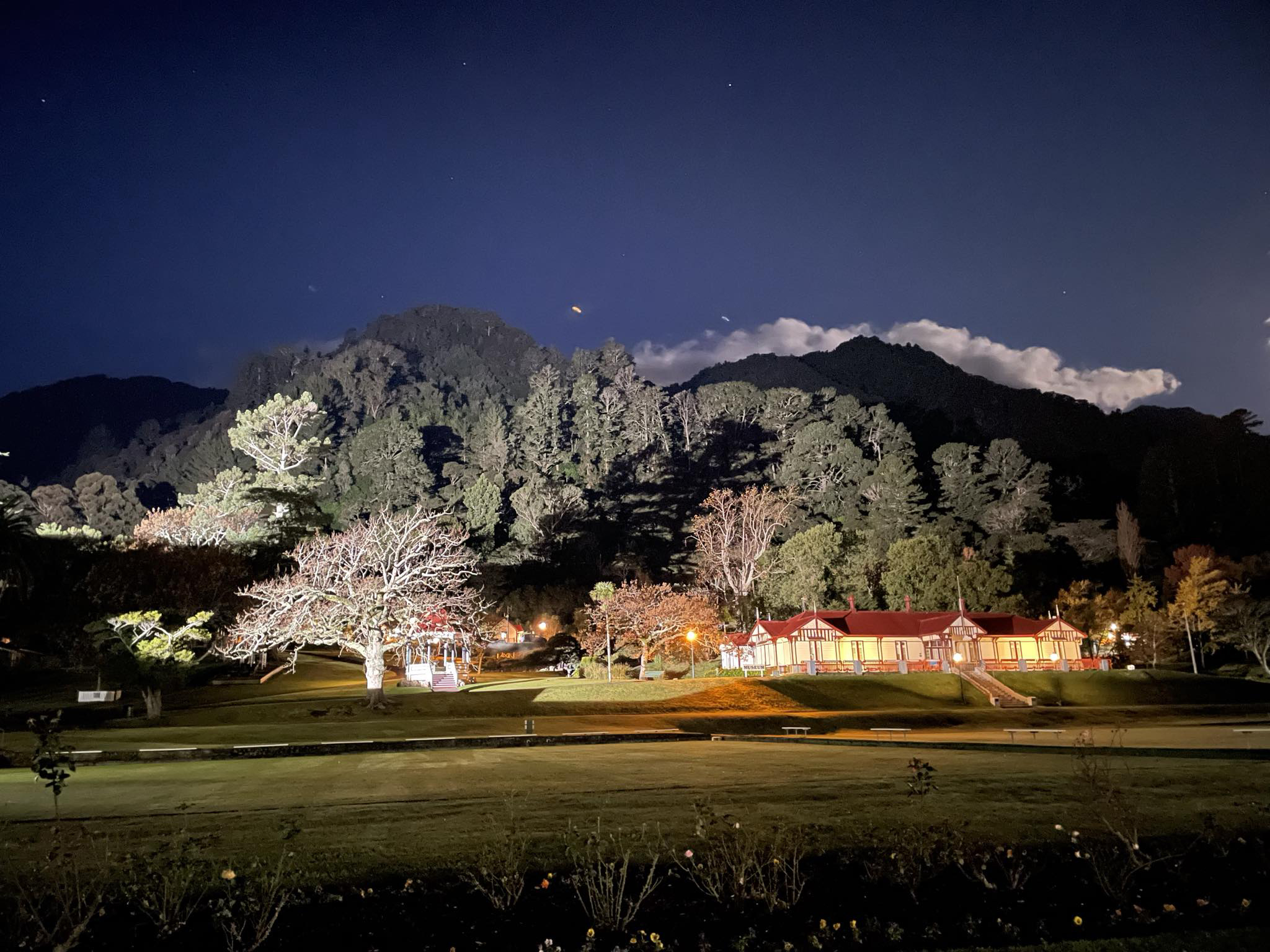
Te Aroha Domain
“We are planting over 100,000 native species, creating bio-diversity corridors through the site and screen planting around its perimeter. The ecological restoration work will also include retiring seven hectares of the farm and transforming this into a wetland,” said van de Merwe.
Once operational, Tauhei will provide enough renewable energy to power around 35,000 1 households. That’s enough for the entire Matamata-Piako District, which contains around 15,000 homes, along with neighbouring Hauraki and South Waikato Districts (which each have around 10,000 houses according to Infometrics).
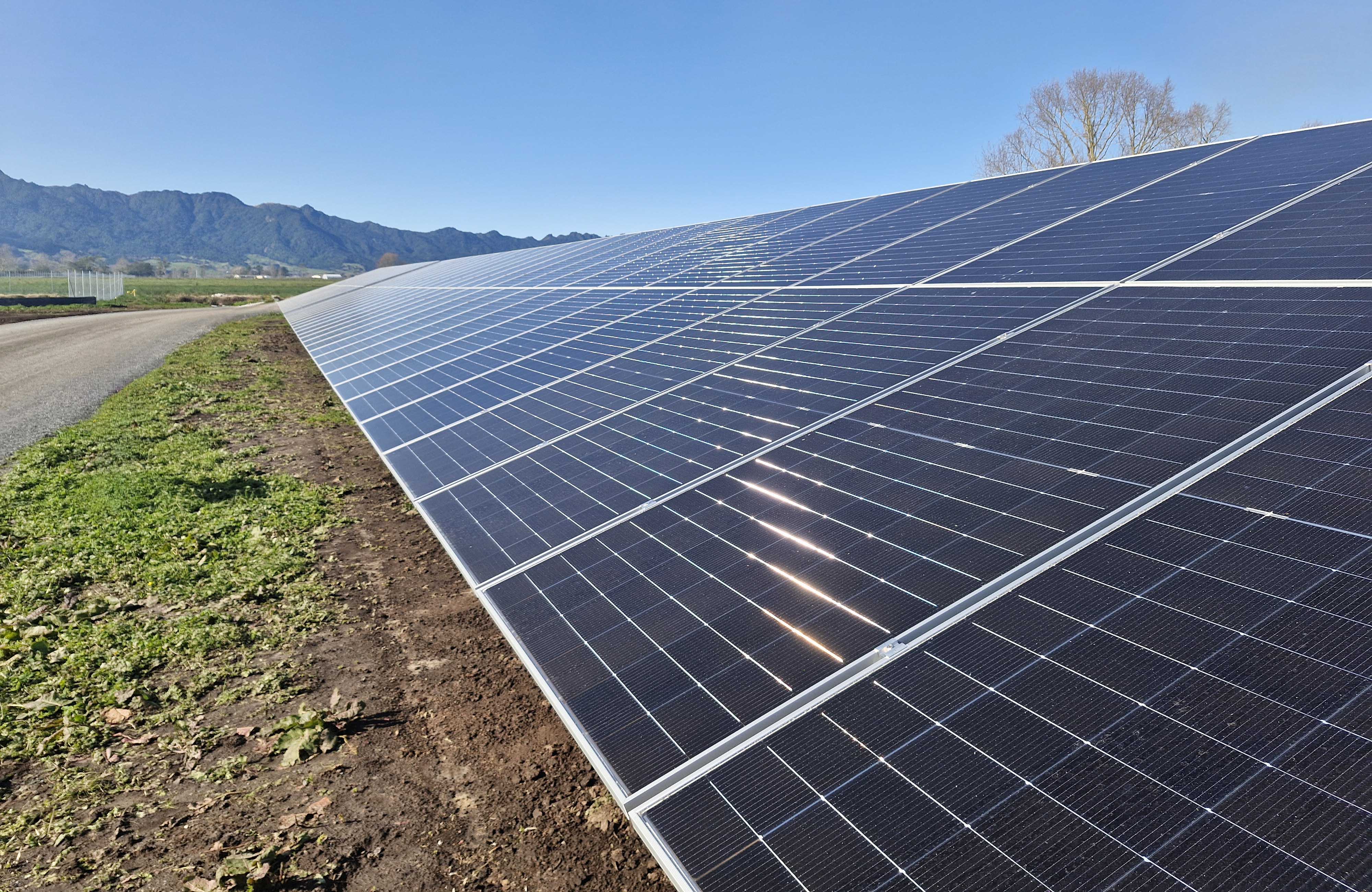
The Golden Row of solar panels at Tauhei Solar Farm
“I really like Clarus diversifying into the renewables space”
It was Clarus’s commitment to renewables that attracted van der Merwe back to the business two years ago. Originally from South Africa, he trained as a chemical engineer and worked in the oil and gas sector there before moving to New Zealand in pursuit of better opportunities for his children.
“I was at Clarus for four years, I left to move into solar, and then I came back – I was excited to see Clarus moving into renewables and Tauhei was one of the main reasons I came back,” he says. “I really like Clarus diversifying into the renewables space.”
Find out more about Clarus’s sustainability efforts and targets in our 2024 Sustainability Report, or visit Future of Energy to learn more about New Zealand’s energy transition.

